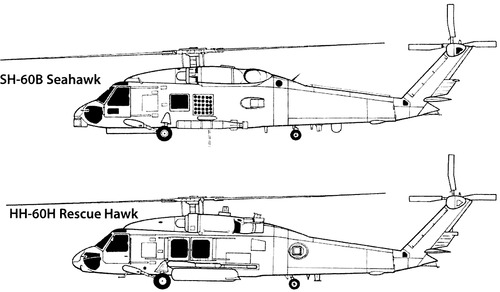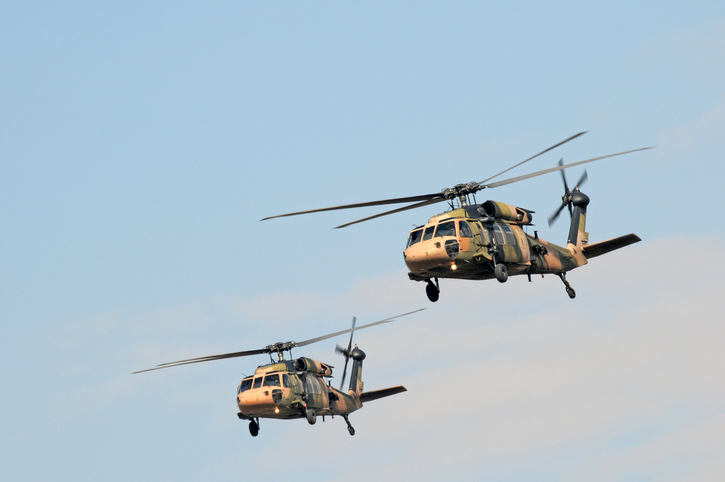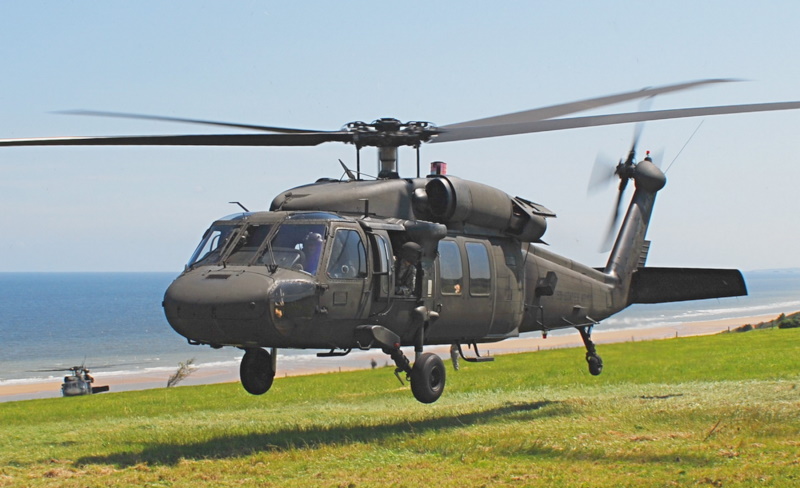High-Performance Multi-Role Rotorcraft Featuring Advanced Cockpit Technologies and Integrated Sensor Equipments
The realm of rotorcraft technology has actually seen significant developments in current times, specifically in the world of high-performance multi-role rotorcraft equipped with innovative cabin innovations and effortlessly integrated sensing unit systems. These developments have not just increased the operational abilities of rotorcraft yet have additionally considerably influenced contemporary air travel procedures on different fronts. From improved goal adaptability to boosted operational effectiveness, the merging of advanced cockpit innovations and incorporated sensing unit systems has introduced a new age of opportunities for rotorcraft applications. In the complying with conversation, we will certainly discover the evolution of rotorcraft modern technology, dig right into the world of innovative cockpit innovations, and examine the effects of integrated sensing unit systems on the functional flexibility and performance of modern-day rotorcraft.
Development of Rotorcraft Modern Technology
The evolution of rotorcraft innovation has actually been marked by substantial innovations in aerodynamics, materials, and propulsion systems, forming the capacities and performance of modern rotorcraft. Furthermore, improvements in propulsion systems, consisting of much more effective engines and cutting-edge propulsion modern technologies, have actually allowed rotorcraft to attain higher altitudes, faster rates, and better hauls.
These innovations have not just changed the abilities of rotorcraft however have also expanded their applications throughout different sectors, including army, industrial, and emergency services. The continual evolution of rotorcraft modern technology remains to drive advancement in the area, pushing the borders of what is possible and shaping the future of upright flight.
Advanced Cockpit Innovations
Building upon the foundational advancements in aerodynamics, materials, and propulsion systems, the world of rotorcraft modern technology now moves focus towards introducing Advanced Cabin Innovations. The integration of advanced technologies within the cockpit setting plays a critical function in boosting the functional capacities, security, and performance of modern-day rotorcraft. sikorsky s 70. Advanced Cabin Innovations encompass a wide variety of features made to provide pilots with improved situational awareness, structured data monitoring, and intuitive control user interfaces
One of the key developments in cabin style is the execution of glass cabins, which change typical analog assesses with high-resolution screens. These electronic systems offer adjustable designs, real-time data combination, and enhanced readability, making it possible for pilots to accessibility essential information at a glimpse. Advanced avionics systems, such as fly-by-wire controls and increased truth display screens, are transforming just how pilots engage with the airplane, permitting for accurate control and enhanced decision-making abilities.


Integrating advanced cabin developments not just enhances pilot performance yet likewise adds to general goal performance and security in complex operational atmospheres. By leveraging cutting edge modern technologies within the cockpit, rotorcraft makers are setting brand-new standards for operational quality and mission success.
Integrated Sensor Equipments
With the evolution of rotorcraft innovation, the integration of sophisticated Integrated Sensor Systems has become extremely important in enhancing operational performance and safety. These Integrated Sensing unit Systems incorporate a vast array of modern technologies that give vital information for numerous functions such as navigating, monitoring, targeting, and ecological monitoring. By perfectly integrating sensors like radars, cameras, lidar, and infrared systems into rotorcraft, operators can gain from boosted situational awareness, improved mission capacities, and decreased pilot workload.
One key benefit of Integrated Sensing unit Equipments is their ability to collect real-time information and provide workable understandings to pilots and objective drivers. Advanced radar systems can discover and track targets over long ranges, enabling for very early hazard discovery and effective feedback preparation. In addition, integrating electro-optical and infrared cameras enables rotorcraft to perform reconnaissance and monitoring goals with accuracy and accuracy.
Fundamentally, the assimilation of cutting-edge sensing unit innovations right into rotorcraft not just boosts operational performance however additionally adds dramatically to total objective success and crew safety and security. As rotorcraft remain to advance, the function of Integrated Sensing unit Solution will unquestionably remain at the leading edge of development in the aerospace industry.
Operational Flexibility and Efficiency
Enhancing functional flexibility and performance in rotorcraft is a natural progression from the combination of sophisticated Integrated Sensing unit Systems. By leveraging the data and understandings provided by these innovative sensor systems, rotorcraft can enhance their efficiency throughout numerous goals and atmospheres.
Functional versatility includes the capability of rotorcraft to adapt to different functions and scenarios successfully. With advanced cockpit technologies and integrated sensor systems, rotorcraft can flawlessly change between jobs such as search and rescue, clinical discharge, surveillance, and much more. This convenience boosts the rotorcraft's capacity to satisfy varied click this functional demands without calling for considerable reconfiguration.
Efficiency in rotorcraft operations is vital for making best use of mission effectiveness and resource utilization. Integrated sensor systems play a pivotal role in enhancing operational effectiveness by supplying real-time data on weather, terrain mapping, target tracking, and a lot more. This data makes it possible for pilots to make enlightened choices promptly, enhance flight paths, preserve gas, and improve total goal efficiency.
Effect on Modern Air Travel Procedures

Moreover, the assimilation of innovative sensors assists in improved objective preparation and implementation, making it possible for rotorcraft to do a wide variety of jobs with boosted accuracy. From search and rescue procedures to airborne firefighting and police missions, the capabilities of modern-day rotorcraft geared up with sophisticated cabin technologies and incorporated sensing unit systems are unmatched.
Moreover, the influence of these advancements prolongs beyond operational effectiveness to cost-effectiveness and sustainability. By maximizing trip courses, gas consumption, and maintenance routines, high-performance rotorcraft furnished with sophisticated cabin modern technologies and sensing units add to lowering operational costs and environmental impact, making them vital assets in modern aviation procedures.
Conclusion
Finally, the high-performance multi-role rotorcraft with sophisticated cockpit modern technologies and integrated sensor systems stands for a substantial development in aeronautics modern technology. These technologies boost operational adaptability and effectiveness, ultimately impacting contemporary aeronautics operations in a positive means. The integration have a peek at these guys of these advanced modern technologies enables for boosted capabilities and performance in various mission scenarios, showcasing the proceeded advancement of rotorcraft modern technology in the aviation market.
The realm of rotorcraft modern technology has seen notable improvements in current times, specifically in the world of high-performance multi-role rotorcraft geared up with cutting-edge cockpit innovations and seamlessly incorporated sensing unit systems. From enhanced mission useful content convenience to enhanced functional efficiency, the merging of sophisticated cabin technologies and incorporated sensing unit systems has ushered in a brand-new era of opportunities for rotorcraft applications. In the adhering to discussion, we will discover the evolution of rotorcraft modern technology, delve right into the realm of advanced cockpit technologies, and analyze the implications of incorporated sensor systems on the operational flexibility and performance of modern rotorcraft.

Comments on “Sikorsky S 70: Changing Tactical Workflow with Cutting-Edge Technology”